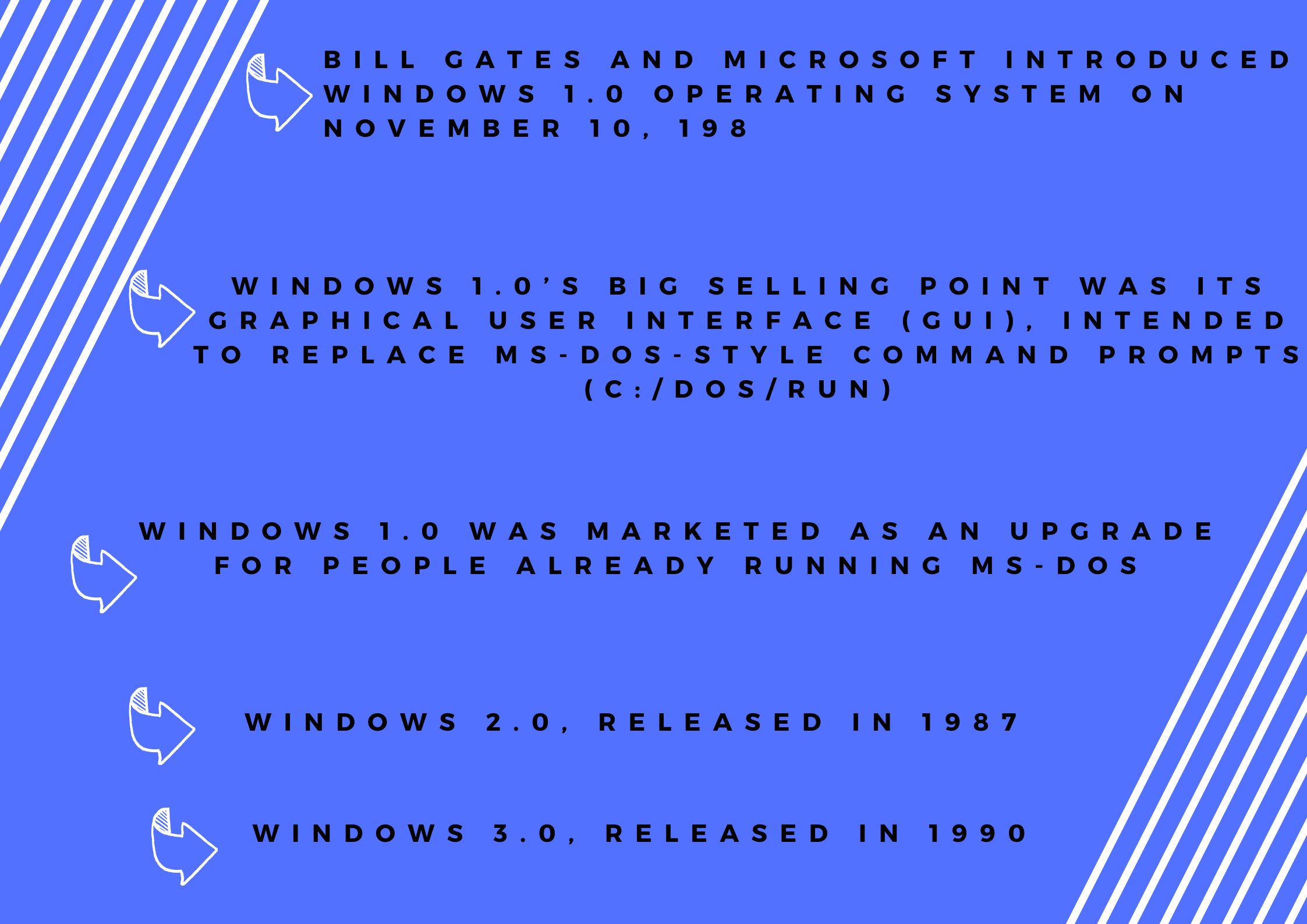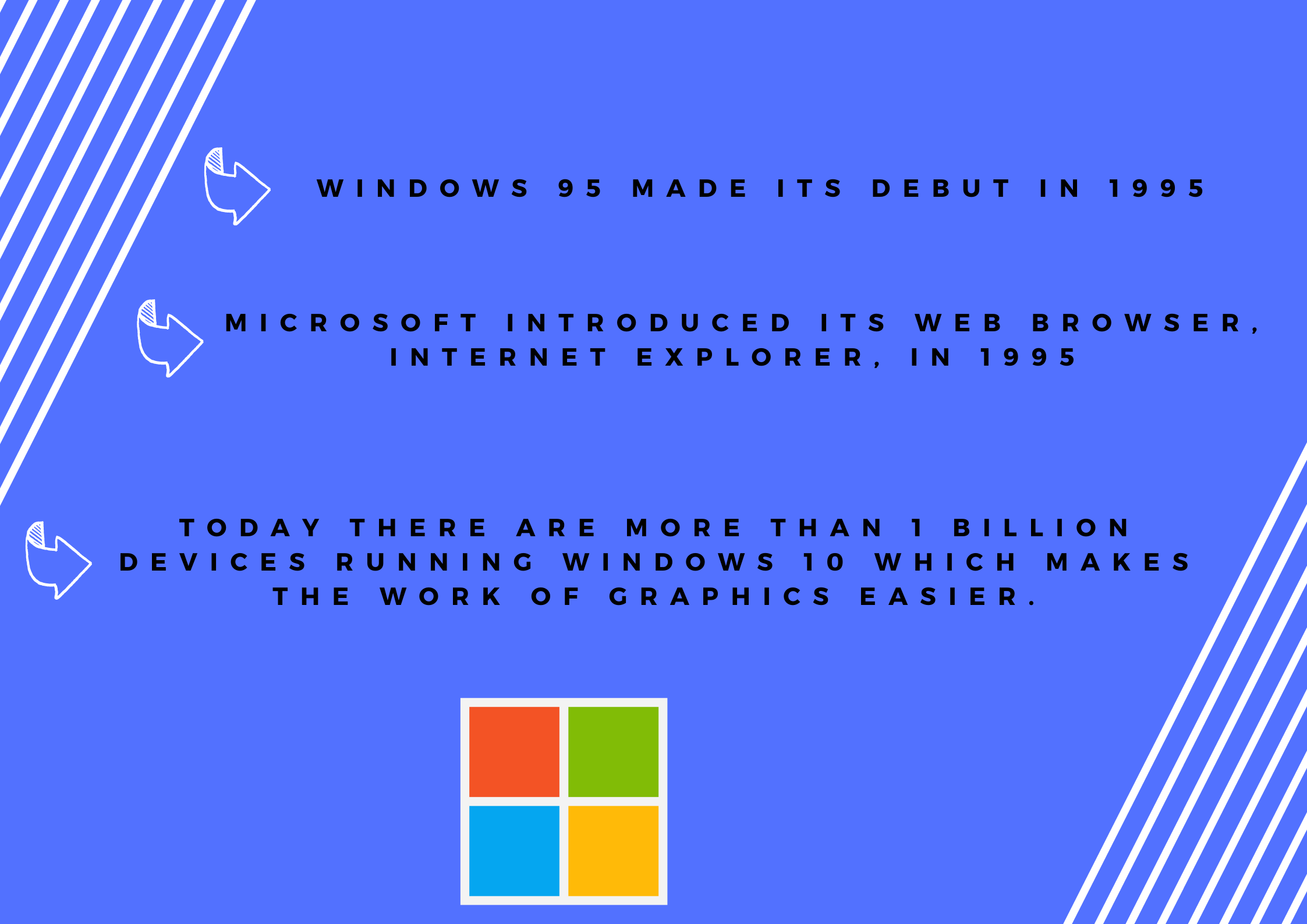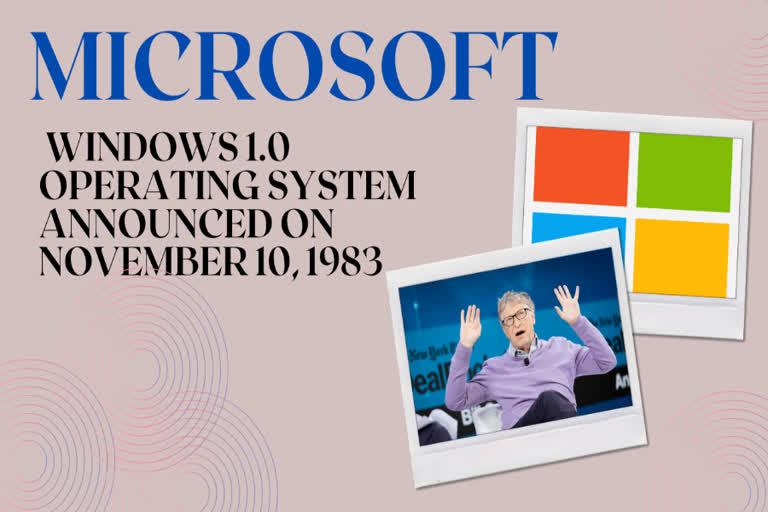Hyderabad: On April 4, 1975, at a time when most Americans used typewriters, childhood friends Bill Gates and Paul Allen found Microsoft, a company that makes computer software. Originally based in Albuquerque, New Mexico, Microsoft relocated to Washington State in 1979 and eventually grew into a major multinational technology corporation. In 1987, the year after Microsoft went public, 31-year-old Gates became the world’s youngest billionaire.
Gates and Allen started Microsoft—originally called Micro-Soft, for microprocessors and software—in order to produce software for the Altair 8800, an early personal computer.
Microsoft, 1983 means the end of an era with the resignation of Paul Allen, the introduction of MS-DOS 2.0, and the formation of Microsoft Press, a trade-book publishing division specializing in computer books. In 1983, Allen departed Microsoft after being diagnosed with Hodgkin’s lymphoma; he was successfully treated for the disease and went on to pursue a variety of other business ventures. Paul Allen resigned as Microsoft's executive vice president but remained on the Board of Directors.
Also Read: Windows XP is an operating system first released on October 25, 2001, by Microsoft


- First announced in 1983, Microsoft Windows 1.0 wouldn’t make it to the consumer market for another two years — making it one of the first pieces of software to be dismissed as “vaporware,” a term actually coined by a Microsoft engineer a year before the Windows announcement, as a disparaging title bestowed upon a product that’s announced but never saw the light of day.
- Windows 1.0’s big selling point was its Graphical User Interface (GUI), intended to replace MS-DOS-style command prompts (C:/DOS/RUN) with a computing style that looked much more like the multitasking, mouse-click-based computing most of us use today. It also came with software intended to show off its new graphical computing environment with what we’d now call “apps” like “Calendar,” “Clock,” and yes, of course, “Paint.”
- By 1983, Microsoft was facing competition from the just-released VisiOn and the forthcoming TopView. Apple had already released Lisa, but Digital's GEM, Quarterdeck's DESQ, the Amiga Workbench, IBM OS/2, and Tandy DeskMate were all still in the future.
- Windows wasn’t the first operating system with a GUI as its primary feature. Microsoft rival Apple, for example, beat Windows to that punch by about a year when its Macintosh hit the market in 1984, and other “desktop”-style graphical interfaces were floating around before that.
- Windows 1.0 was marketed as an upgrade for people already running MS-DOS — and, in fact, it ran on top of MS-DOS, so anybody who wanted Windows had to have MS-DOS installed first.
- Early reviews panned the product for running far too slowly — not the last time the tech press had made that particular critique. The New York Times wrote that “running Windows on a PC with 512K of memory is akin to pouring molasses in the Arctic.” Many reviews said the speed slowdown only got worse when users ran more than one application at a time — an ability that had been intended as a primary draw.
- Despite those early hiccups, Microsoft didn’t just give up and close Windows — a smart move, given that computers running Windows operating systems now make up about 90% of the market. But not even Windows 2.0, released in 1987, set Windows on its path to world dominance.
- The spark didn’t come until Windows 3.0, released in 1990 to critical acclaim and widespread adoption, thanks to a redesigned interface and speed improvements.
- In 1995, amidst skyrocketing purchases of personal computers for home and office use, Windows 95 made its debut. It included such innovations as the Start menu (TV commercials for Windows 95 featured the Rolling Stones singing “Start Me Up”) and 7 million copies of the new product were sold in the first five weeks.
- In the second half of the 1990s, Internet usage took off, and Microsoft introduced its web browser, Internet Explorer, in 1995.
- In 1998, the U.S. Department of Justice and 20 state attorneys general charged Microsoft with violating antitrust laws by using its dominance to drive competitors out of business; in 2001, the company reached a settlement with the government that imposed restrictions on its corporate practices. Also in 2001, Microsoft joined the video-game market with the launch of its Xbox console.
Also Read: Know interesting facts about Bill Gates on his birthday, Oct 28
- Today there are more than 1 billion devices running Windows 10 which makes the work of graphics easier.
- Microsoft used a branch of artificial intelligence called reinforcement learning to master the Atari 2600 version of Ms. Pac-Man and get a maximum score of 999,990.
- Microsoft has made 137 “AI for Earth” grants to individuals and organizations in 47 countries, helping them use artificial intelligence to protect the planet in the areas of agriculture, biodiversity, climate change, and water.
Also Read: Microsoft partners Netflix to help you learn data science, AI



